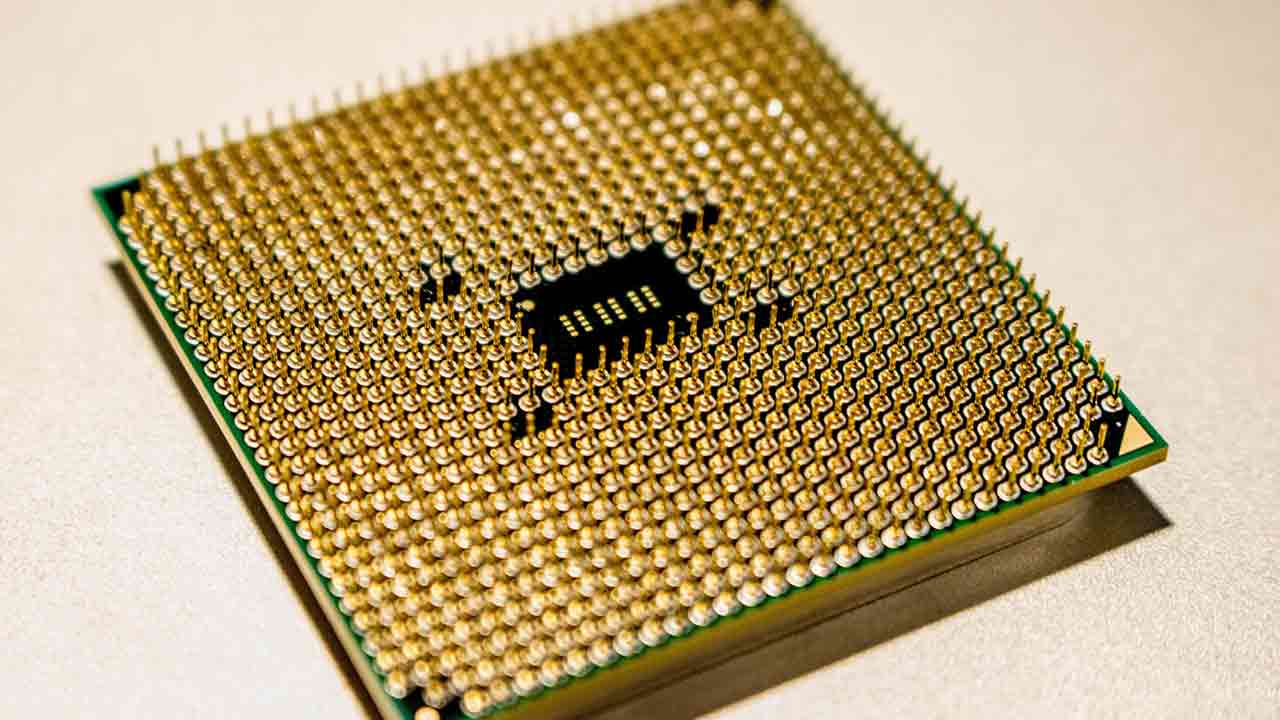Semiconductors are small components that achieve the movement of electrons in modern electronic gadgets. They are vital for powering an extensive range of high-tech gadgets, including cell phones, laptops, and vehicle instruments, as well as cutting-edge health devices. However, the existence of physical impurities or disparities in temperature can hinder electron flow, causing uncertainty.
But now, theoretical and experimental physicists from the Würzburg-Dresden Cluster of Excellence ct. qmat—Complication and Topology in Quantum Matter have established a semiconductor device from aluminum-gallium-arsenide (AlGaAs). This device’s electron movement, typically vulnerable to interference, is protected by a topological quantum phenomenon. This revolutionary research was recently described in the respected journal Nature Physics.
Thanks to the topological skin effect, the currents among the diverse interactions on the quantum semiconductors are safeguarded from impurities or other external perturbations. This makes topological devices progressively attractive for the semiconductor industry. They remove the need for the enormously high levels of physical purity that presently drive up the costs of the electronics industrial, explains Professor Jeroen van den Brink, director of the Institution for Theoretical Solid-State Physics at the Leibniz Institute for Solid State and Materials Study in Dresden (IFW) and a principal researcher of ct. qmat.
Topological quantum materials, recognized for their excellent robustness, are perfectly suited for power-intensive applications. Our quantum semiconductor is mutually stable and yet extremely accurate—a rare blend. This places our topological device as an exciting new option in sensor engineering.
Applying the topological skin effect permits new forms of high-performance electronic quantum devices that could also be extremely small. Our topological quantum device measures about 0.1 millimeters in diameter, and can be reduced even further with ease, informs van den Brink. The revolutionary aspect of this accomplishment by the group of physicists from Dresden and Würzburg is that they were the first to comprehend the topological skin effect on a microscopic size in a semiconductor material. This quantum phenomenon was originally demonstrated at a macroscopic level 3 years ago—but only in a reproduction metamaterial, not a natural one. Therefore, this is the first time that a minute, semiconductor-based topological quantum device that’s both highly robust and ultra-sensitive has been established.
In our quantum device, the current–voltage association is protected by the topological skin effect since the electrons are limited to the edge. Even in the event of impurities in the semiconductor material, the current movement remains steady, describes van den Brink. He continues: Furthermore, the links can sense even the smallest variations in current or voltage. This brands the topological quantum device remarkably well suited for making high-precision sensors and amplifiers with microscopic diameters.
The achievement was accomplished by resourcefully positioning materials and contacts on an AlGaAs semiconductor device, inducing the topological effect under ultra-cold settings and a sturdy magnetic field. We coaxed the topological skin effect out of the device, van den Brink describes. The physics team utilizes a two-dimensional semiconductor assembly. The contacts were organized in such a way that the electrical resistance could be determined at the contact boundaries, directly revealing the topological effect.
Since 2019, ct. qmat has been exploring topological quantum materials in Würzburg and Dresden, discovering their extraordinary performance under extreme circumstances like ultra-low temperatures, high pressures, or sturdy magnetic fields.
The current innovation is also the effect of continued collaboration between researchers at the cluster’s two sites. The new quantum device, conceived at the IFW, was a combined effort involving theoretical physicists from Universität Würzburg and both theoretical and experimental scientists in Dresden. After being produced in France, the device was confirmed in Dresden. Jeroen van den Brink and his associates are now devoted to further exploring this phenomenon, targeting to leverage it for impending technological innovations.








